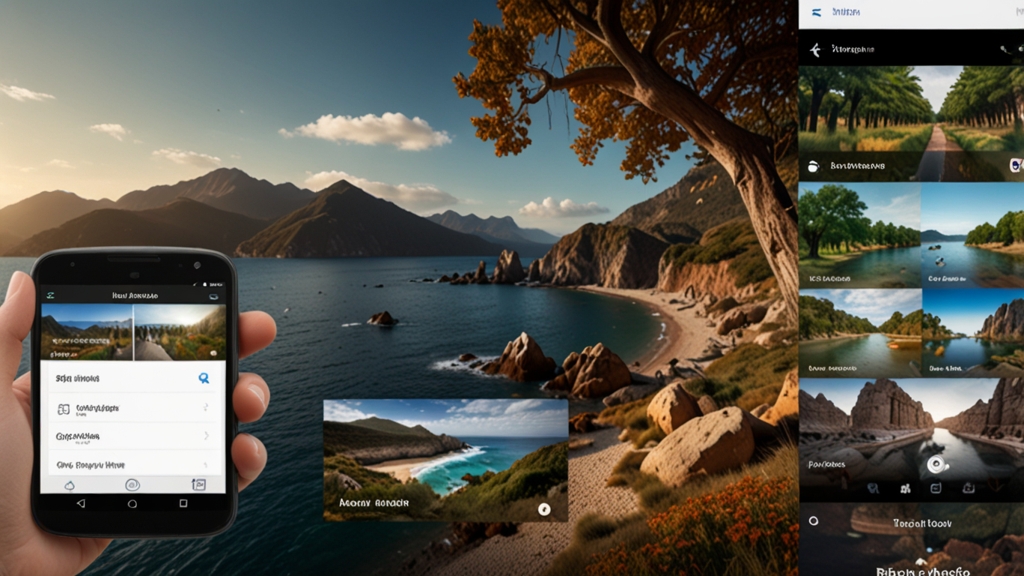Creating Accessibility in Mobile Apps: Why It Matters
As the world increasingly relies on mobile technology for communication, information, and entertainment, the importance of accessibility in mobile apps has never been more critical. Accessibility ensures that people with disabilities can fully use and benefit from mobile applications, ultimately maximizing the user base and fostering an inclusive digital environment. This article delves into why accessibility in mobile apps matters and how developers can implement it effectively.
Understanding Accessibility
Accessibility in the context of mobile apps refers to designing and developing applications that can be used by individuals with a wide range of abilities and disabilities. This includes considerations for individuals who are blind or have low vision, are deaf or hard of hearing, have mobility impairments, or have cognitive disabilities. By adhering to accessibility standards, developers can create apps that are usable by everyone, regardless of their abilities.
Legal and Ethical Implications
Many countries have enacted laws and regulations that mandate digital accessibility. For example, the Americans with Disabilities Act (ADA) in the United States and the Web Content Accessibility Guidelines (WCAG) globally set forth criteria for making digital content accessible. Failing to comply with these legal requirements can result in lawsuits and financial penalties.
The ethical imperative to provide equal access to digital content cannot be overstated. Accessibility is about ensuring that everyone has the opportunity to participate fully in our digital society.
Key Benefits of Accessible Mobile Apps
Creating accessible mobile apps offers several advantages:
- Broader Audience Reach: By making your app accessible, you can reach a larger audience, including people with disabilities who might otherwise be excluded.
- Enhanced User Experience: Accessible features often improve the overall user experience for everyone, not just those with disabilities.
- Positive Brand Image: Companies that prioritize accessibility are viewed more favorably by the public, enhancing their brand reputation.
- Legal Compliance: Adhering to accessibility guidelines helps organizations avoid legal repercussions and promotes inclusivity.
Implementing Accessibility Features
To create accessible mobile apps, developers should consider the following best practices:
1. Use Semantic Markup and ARIA Landmarks
Properly structured semantic markup and ARIA (Accessible Rich Internet Applications) landmarks help screen readers and other assistive technologies interpret and navigate the app.
"ARIA landmarks can significantly enhance navigation for users who depend on screen readers, providing them with a clearer and more intuitive interaction experience."
2. Ensure Color Contrast and Text Size
High contrast between text and background, along with adjustable text sizes, ensures readability for users with visual impairments. Avoid relying solely on color to convey information.
3. Implement Voice and Gesture Controls
Incorporating voice commands and gesture controls can assist users with mobility impairments in interacting with the app. These features should be tested with actual users to ensure their effectiveness and ease of use.
4. Provide Text Alternatives for Multimedia
Offering text alternatives such as transcripts, captions, and audio descriptions for multimedia content ensures that users with hearing or visual impairments can access the information.
5. Conduct Regular Accessibility Testing
Regularly testing your app with accessibility tools and involving users with disabilities in the testing process can help identify and address potential issues.
Conclusion
Creating accessibility in mobile apps is not just a legal requirement or a matter of good business practice—it's a crucial step toward building a digital world that is inclusive and equitable for all users. By incorporating accessibility features and adhering to established guidelines, developers can ensure that their apps provide a seamless and enriching experience for everyone, regardless of their abilities.
"Accessibility is not a feature; it is a social movement. Every app developer has a role to play in ensuring that technology is inclusive and accessible to all."









